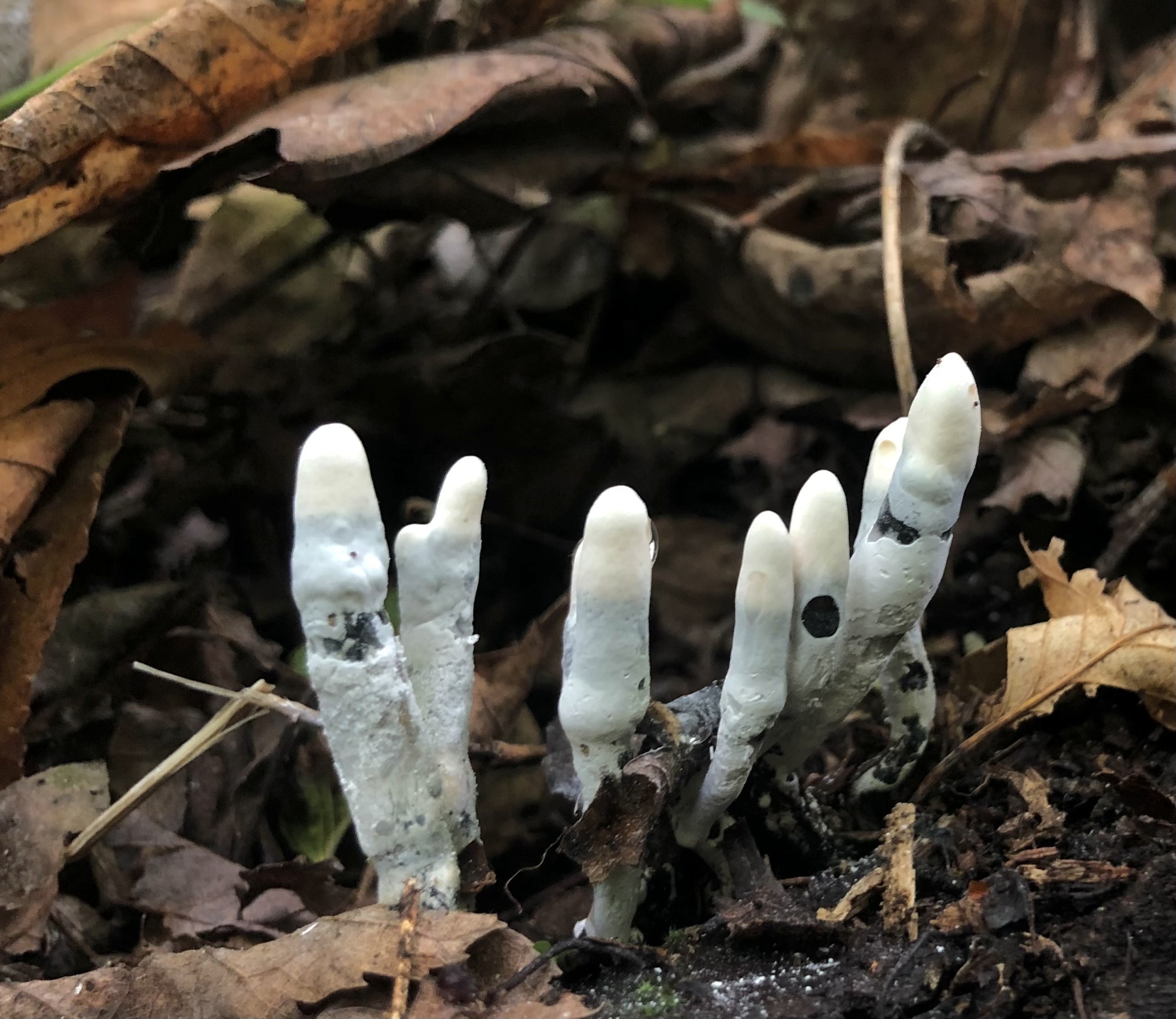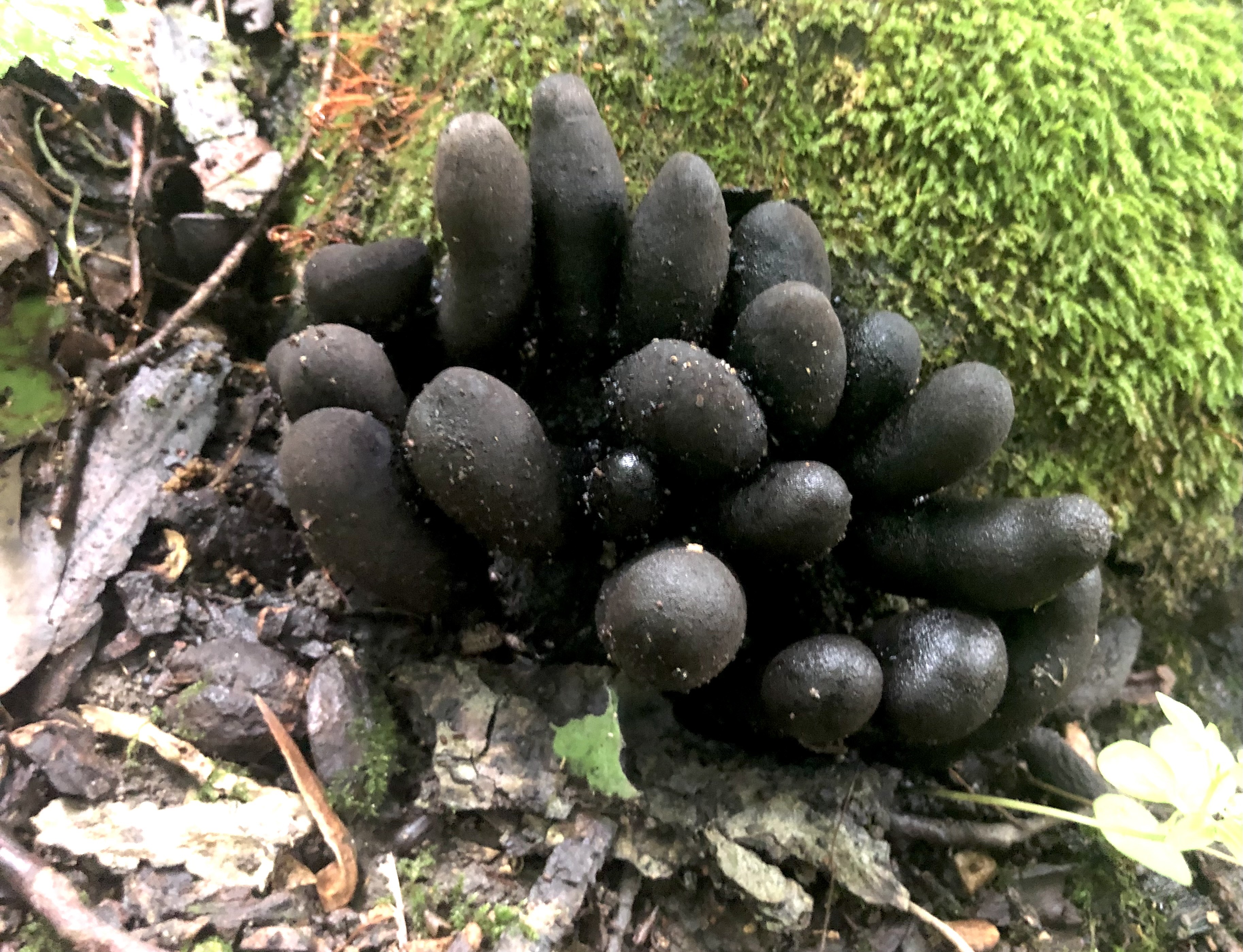The best Halloween decorations sometimes come straight from nature. Intricate spider webs, giant pumpkins, and fungus can stop you dead in your tracks. Often called the fingers of a dead person, Xylaria polymorpha it can look like rotting zombie fingers. This fungus and others similar to X typeylaria can be found throughout the United States.
“It can give the false impression that there is a corpse, which appears in leaf litter, but Xylaria fungi are associated with wood,” West Virginia University mycologist Matt Kasson says Normal Science. They are saprotrophs, which means they feed on dead things. And that dead thing, that substrate, turns into wood. “

Dead man’s toes are often found deep in decaying or dead trees, where they cut down the dead wood and extract nutrients from the soil so that new plants can grow. The black, finger-like structures themselves are genital fungi. Sexually transmitted germs are produced in blister-like cells on the inside of each toe.
[Related: Why ladybugs and ‘Halloween beetles’ are everywhere right now.]
Think of the pores on our skin and blackheads. When we remove the black head, you actually get this kind of glowing glob,” says Kasson. “That’s like the fingers of a dead person. All black fruits have this fruit body. bottle-like called perithecia.
Xylaria they are incredibly resilient and can release these spores for months or years. The structures also have a very hard surface, like a real finger. While some fungi such as mushrooms are long-lived and fall, Image of Xylaria persistence allows them to continuously release spores and increase their chances of reproduction. They can also form wispy thread-like structures called hyphae. These grow in dead or dead wood rather than from the trunk of the tree.

Some species are known to cause black root rot, but that is usually a problem on trees or shrubs that were already stressed. According to the University of Wisconsin-Madison, this disease is found in trees including apple, crabapple, pear, cherry, plum, American elm, Norway maple and honeylocust.
“Many fungi take advantage of plants that are already weak and stressed. That is, maybe they were stressed by drought, or maybe there was an age tendency, which means they were they are really old and at the end of life,” says Kasson. So there are a lot of fungi like dead man’s fingers that appear.
[Related: Nightmare-fuel fungi exist in real life.]
Like the zombies themselves, it’s also important to remember that the finger is the tip of the iceberg and will continue to grow as long as it has the right conditions. Armillaria ostoyae-aka the humongous fungus- is considered to be the largest living thing in the world. The humongous fungus found in eastern Oregon covers an area of more than 3 square miles and is estimated to be between 1,900 and 8,650 years old. Therefore, picking a dead finger from the base of the tree does not eliminate the fungus by itself.
“In other words, fungi don’t die,” says Kasson. “If it is at the base of one tree, eventually that tree will run out of resources. But if it is a forest of trees that the streams can spread, it may go on forever.”
#Dead #mans #fingers #largest #fungus #forest


